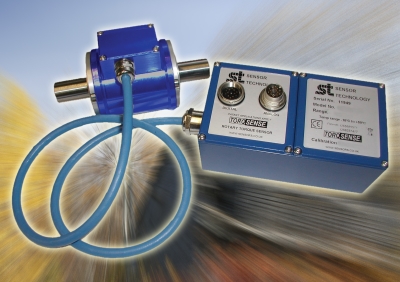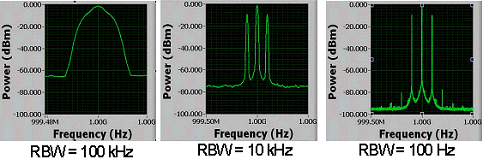The USB DrDAQ Data Logger really is all that you need with these features:
- Built-in sensors for light, sound and temperature
- 4 digital inputs and outputs
- 3 sockets for external sensors
- Ultra-high impedance input for pH or Redox measurements
- 100 kHz, 8-bit oscilloscope with a ±10 V range
- Signal generator with AWG for creating your own waveforms
- Captures fast signals
- USB connected and powered
- Use up to 20 USB DrDAQs on a single PC
- Supplied complete with PicoLog, PicoScope and an SDK
Sensors
Thanks to the built-in sensors for light, sound and temperature you can start using your USB DrDAQ Data Logger straight out of the box. (Doctor DAQ has also included an RGB LED that you can program to show any 1 of 16.7 million colors.) When you want to do more with your DrDAQ you can, thanks to the external sensor sockets. Simply buy an external sensor and your DrDAQ can measure humidity, oxygen levels, external temperatures and more. We provide you with all you need to know to connect external sensors to your DrDAQ so you can even design and use your own sensors.Digital I/Os
Your USB DrDAQ also includes 4 digital input/outputs. In input mode these give you even more monitoring options. When used as outputs they enable you to use your DrDAQ to control external devices. 2 of the digital I/Os include a pulse-counting function when used as inputs, and a pulse-width modulation (PWM) output capability.More than just a data logger
Thanks to the power of your DrDAQ you can also use it as an oscilloscope or spectrum analyzer. Just run the supplied PicoScope software and your DrDAQ becomes a single-channel scope with a 100 kHz bandwidth, 8-bit resolution and the ability to measure voltages of up to ±10 volts.But that’s not all. Your DrDAQ also includes a signal generator. The signal generator output not only includes a standard function generator, but also an arbitrary waveform generator (AWG) too. Using the AWG function you can create your own waveforms.
All the software you want — and it’s free
The PicoScope oscilloscope software uses the power of your PC or laptop to deliver high performance, and has an easy-to-use Windows interface. All of its advanced features, such as spectrum analysis, automatic measurements and statistics, are included in the price of your USB DrDAQ.PicoLog is a powerful yet flexible data acquisition program designed for collecting, analysing and displaying data over long or short periods of time. Data can be viewed both during and after collection in spreadsheet or graphical format. The data can also be easily exported to other applications.
If you want to write your own software or use the DrDAQ with third party software we provide a free software development kit (SDK). The SDK includes drivers for Windows XP (SP2 or later), Vista and Windows 7 (32- and 64-bit), and programming examples for C, C++, LabVIEW and Excel.
Hobbyist, student or professional — DrDAQ is all you need
The USB DrDAQ Data Logger has something for everyone: whether you’re a teacher looking for a fun way to perform data logging experiments in the classroom, a student wanting an inexpensive introduction to data logging and oscilloscopes, a computer programmer who wants to use C++ to monitor and control inputs and outputs of real-world devices, an hobbyist who wants to monitor and control their environment, or a professional wanting to measure pH under laboratory conditions — DrDAQ is all you need.More here: https://www.saelig.com/product/PSPCEL007.htm
























